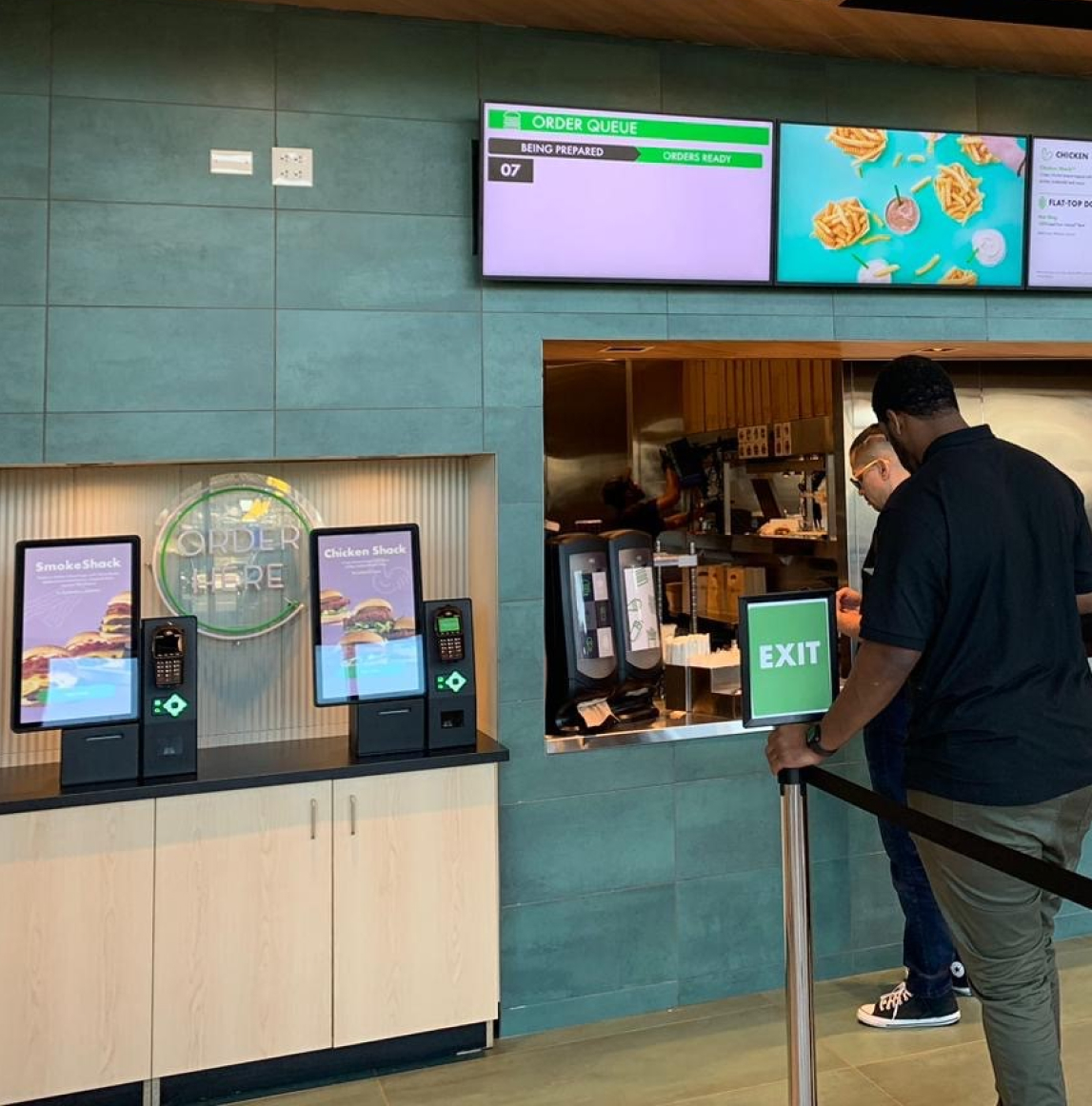
What the American Disabilities Act (ADA) means for self-service kiosks and guest experience
For restaurants, hotels and retailers investing in self-service kiosks, accessibility is a...
Experience is the new loyalty driver in today’s US restaurant market.
Food alone won’t keep customers coming back. They want the whole package, and old-fashioned loyalty points just won’t cut it anymore. Today, it is earned through restaurant guest experience design.
This new way of earning repeat custom is made even tougher when you consider the rising competition across all restaurant sectors, be it QSR, fast casual, or full-service dining.
Thankfully, it's not an impossible task.
Sustained customer rebookings are achievable by optimizing all elements of the guest’s journey. For those responsible for rolling out supreme guest experience design at scale, the challenge is ensuring consistency in the face of numerous challenges, as well as pressure from other stakeholders.
We’ll examine the anatomy of guest design and explore how it can become a long-term competitive advantage when done systematically in this blog.
Providing a memorable time for guests requires a strategic orchestration of digital and physical touchpoints that a customer interacts with.
It’s not just:
It is all of the above, as well as the restaurant's physical space and the technology used by guests, combined with their human interactions.
All these elements feature macro and micro touchpoints, with each one mattering just as much as the next. The smallest thing going wrong, such as a legacy self-ordering kiosk not responding to a user interaction, can contribute to a feeling of frustration.
So, to nail guest experience, design teams need to think holistically. It becomes easier to optimize each area while still keeping operational considerations in mind once broken down into its component parts. Mapping out the customer journey can help to visualize where:
Whatever parts make up the guest’s journey, experience design should be thought of as the operating system of your restaurant. As well as visible elements, it's also as much about the underlying system that connects the restaurant's key areas.
It is a critical, invisible layer that oversees how a restaurant functions for its guests.
.jpg?width=500&height=507&name=Inner%20image%201%20(2).jpg)
The type of restaurant setting doesn’t change a guest’s expectations. They still expect a quick and reliable service whether they’re getting a burger to-go or sitting down for a three-course meal.
It's on brands to translate everything that has enticed the customer in the first place into the digital and physical experiences they’ll have. This is even more relevant during peak periods. If queues continue to stretch or clarity over wait times isn’t offered, being busy won’t land with a customer base who has more choice than ever.
Thoughtful layouts that intuitively guide patrons through the space to the digital touch points, such as self-ordering kiosks, are all practical design elements that help to translate your brand’s promise of a consistent, reliable service.
McDonald's is a great example of a brand that adapted their layout and increased their kiosk estate to the benefit of their staff and customers. Now, kiosks are the primary point of order and staff are now freed up to help maintain restaurant cleanliness, and even offer table service.
Hybrid service models such as this keep the customer turnover high without sacrificing their positive sentiment towards an establishment.
Chipotle has mastered this hybrid system by offering multiple ways for consumers to order by phone while retaining human-led interactions in-store to keep customers feeling positive about the brand.
They also offer a famously small menu, which rarely changes or expands. This reduced choice of food not only makes it easier to keep quality high and increase sales turnover but also ensures customers know what to expect every time they set foot in a Chipotle restaurant.
Consistency of experience means something different to each restaurant, including Chipotle. It's not about being identical, it's about being predictable for customers be they dining in or taking out.
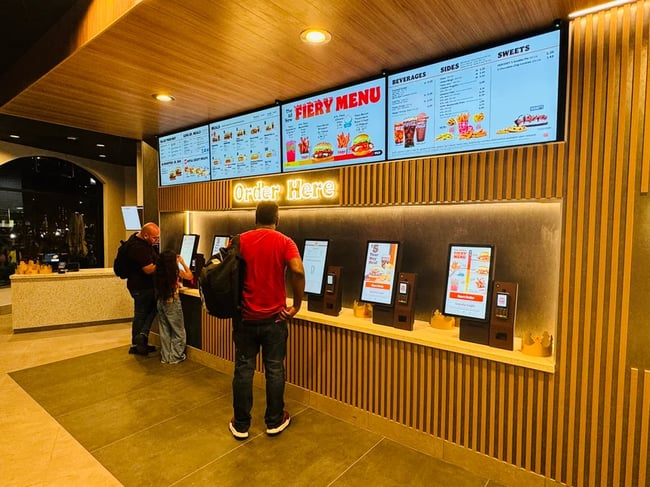
Designing great experiences works best when it's viewed as a system that links:
Let's take layout as an example. A well-laid-out restaurant will consider customer psychology to create a flow that is intuitive to them. It should be clear, for instance, where to order and where to collect food, if in a QSR setting.
Managing sight lines so that kiosks are more visible on arrival, and complementing that with digital signage can drastically improve customer turnover if it isn’t.
At the heart of this system is technology, which ties it all together. As well as helping to keep the experience a predictable, positive one, smart kiosks can also help grow customer loyalty with prompts and upsell opportunities.
Bottlenecks at certain points can also be mitigated by using integrated signage to direct people to quieter ordering areas.
The feedback loops that these connected systems and processes create are critical to continuous improvement. The Evoke Cloud allows operators to monitor device usage and respond to any friction points in real time from one central device. The entire kiosk estate can be refined when needed.
When experience design is baked into layouts and tech, it only aids repeat visits from satisfied customers.
Personalization used to start and end with knowing a regular’s name. Not anymore.
Today, the consumer expects a personal service, whether it's the second or 102nd time they’ve visited.
To offer true personalization, there needs to be a level of anticipation of what guests do before they know it, using data and purchase processes to achieve this scalable feat.
The software in self-service kiosks can be used to increase on-screen personalization by recognizing returning guests. As the user flows through their purchase journey, frequent orders can be highlighted for easier selection, or tailored upsells can be shown at a given time.
And while personalization is key to the guest experience, it should never add complexity for the customer or staff. Birthday perks and ‘Upgrade your meal for $5!’ offers lose their shine if it means customers have to tap or swipe their way through more steps.
When all this is done right, with integration at its core, restaurants can scale loyalty without making guests feel like just another… well, guest.
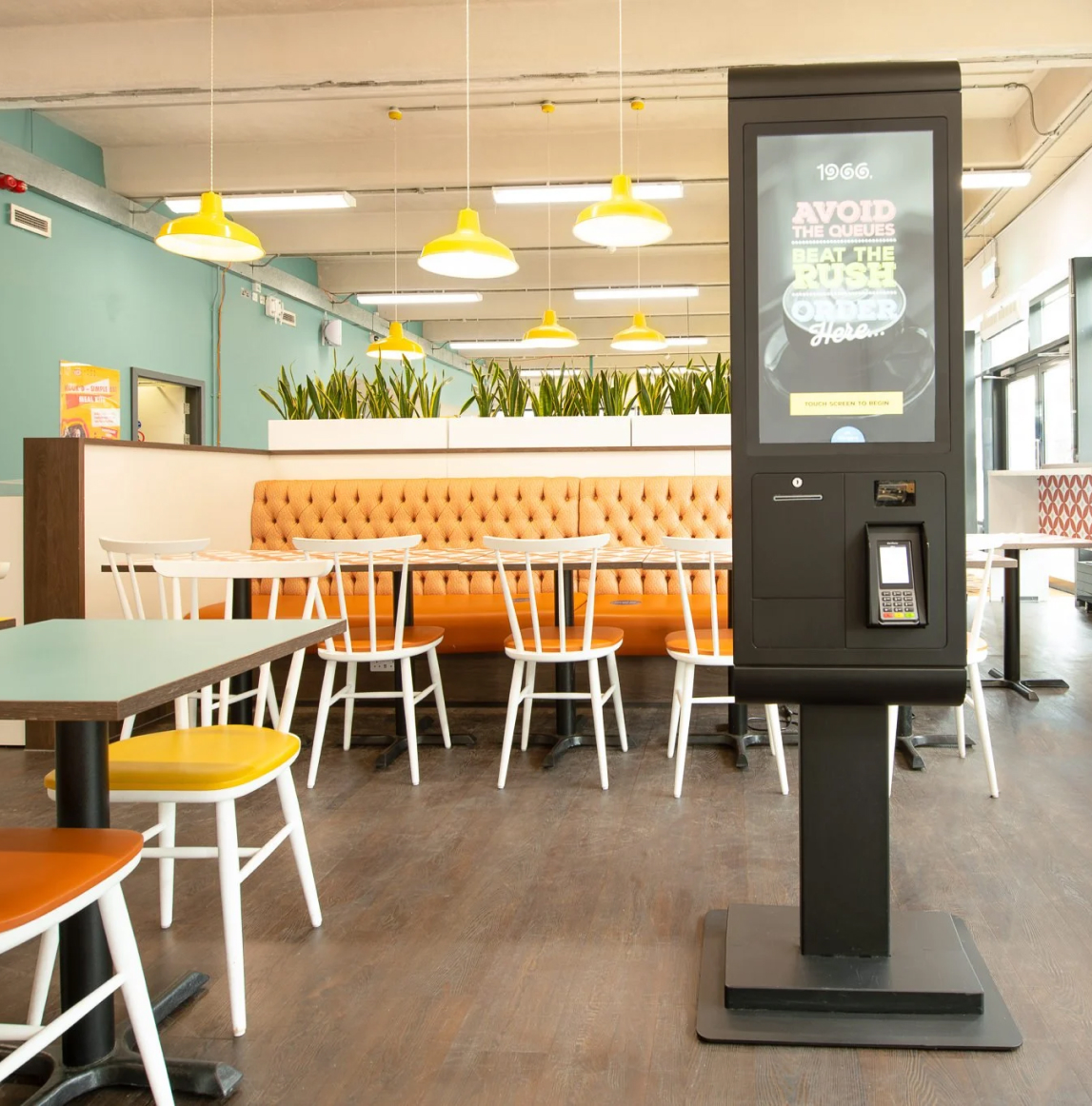
It won’t come as a surprise when we say that creating a system that keeps diners rebooking doesn’t end at kiosks and layouts.
For true transformation, there needs to be serious consideration for many challenges, such as…
Stakeholders across the business bear responsibility for integrating experience design into the guest journey so that it can be scaled as needed.
Evoke supports cross-stakeholder alignment through a structured discovery process that sets success criteria. We’ll also use smaller real use cases in the field to help improve buy-in from ops, marketing, and IT.
Once the Request For Proposal (RFP) is complete, Evoke partners closely with clients, offering remote support backed by detailed telemetry to ensure the guest experience continues to evolve beyond launch.
.jpg?width=600&height=608&name=middle%20graphic%20(1).jpg) ROI beyond revenue through loyalty, efficiency, and satisfaction
ROI beyond revenue through loyalty, efficiency, and satisfactionThe return on investment felt by investing in guest experience design is more than just revenue. It's far more multifaceted.
Yes, average order values increase, but beyond that, errors appear less, as does the pressure on staff who know that they can focus on throughput, not repetitive order taking.
The real value of improved experiences for guests can be felt in:
Thoughtful redesign of how guests spend their time with you leads to a more agile business, too. Smarter systems that offer real-time telemetry mean offers can be tested and purchase flows can be adjusted to reach the desired ROI faster. Overall, this results in long-term returns over every area of your business.
Offering good experiences to guests isn’t a luxury anymore. It's how you future-proof your restaurant’s operations. And it's the brands that treat this as a system, not a one-off project, that will be the ones who have guests returning again and again.
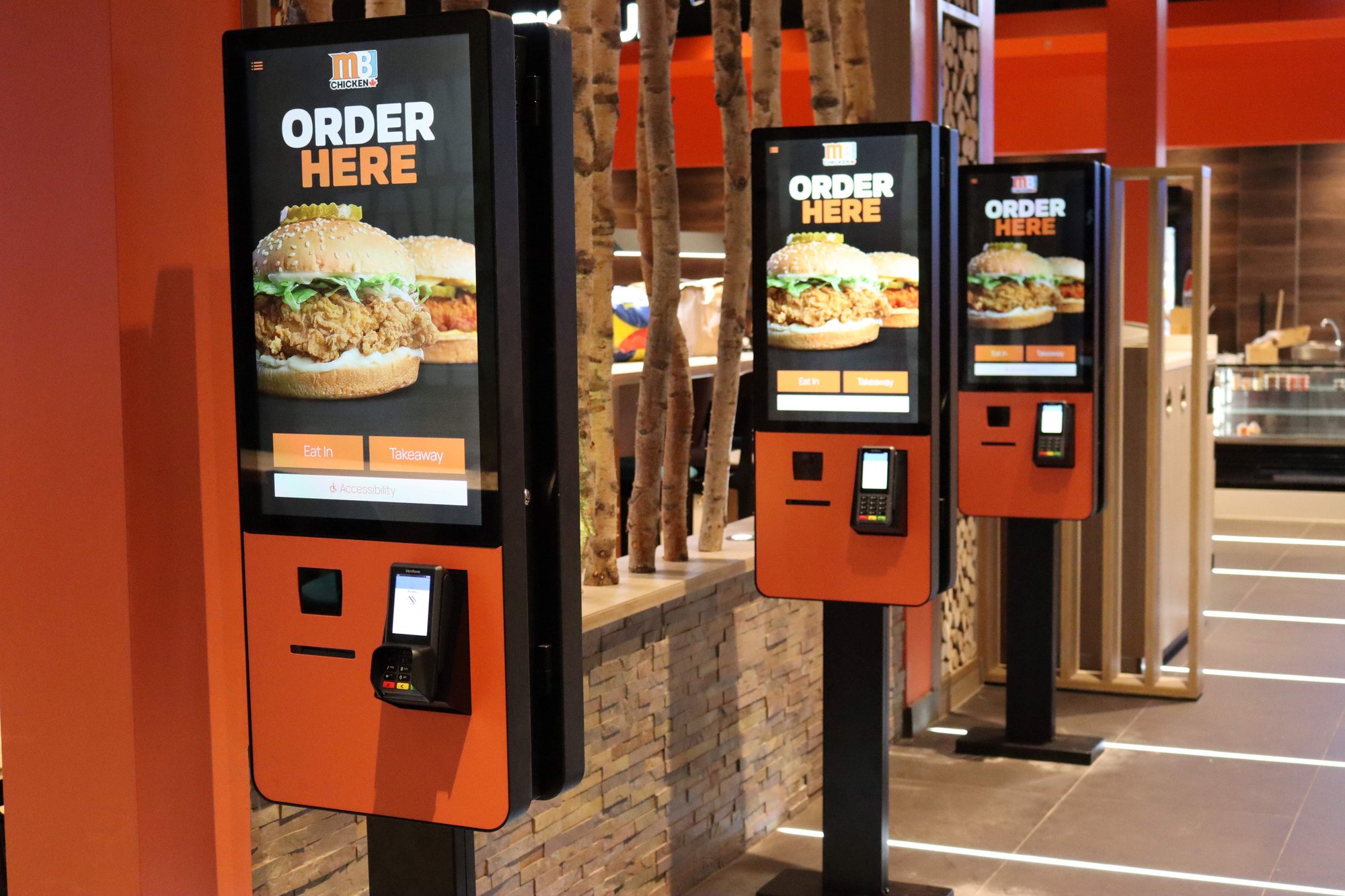
See how our kiosk solutions in the US help you deliver frictionless, unforgettable experiences.

For restaurants, hotels and retailers investing in self-service kiosks, accessibility is a...
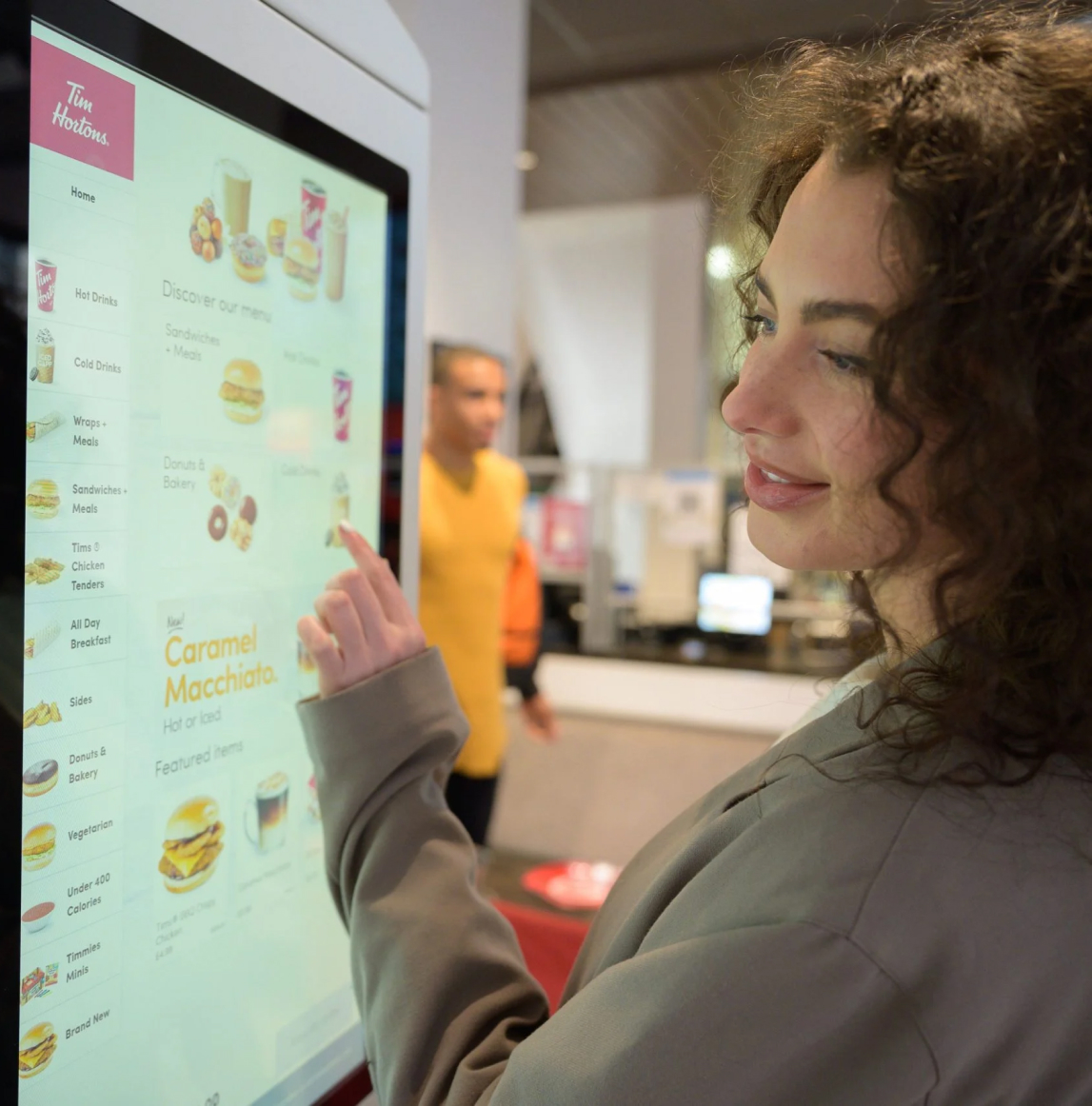
Most see self-ordering kiosks in QSRs and other fast-casual dining spots as a way of reducing...
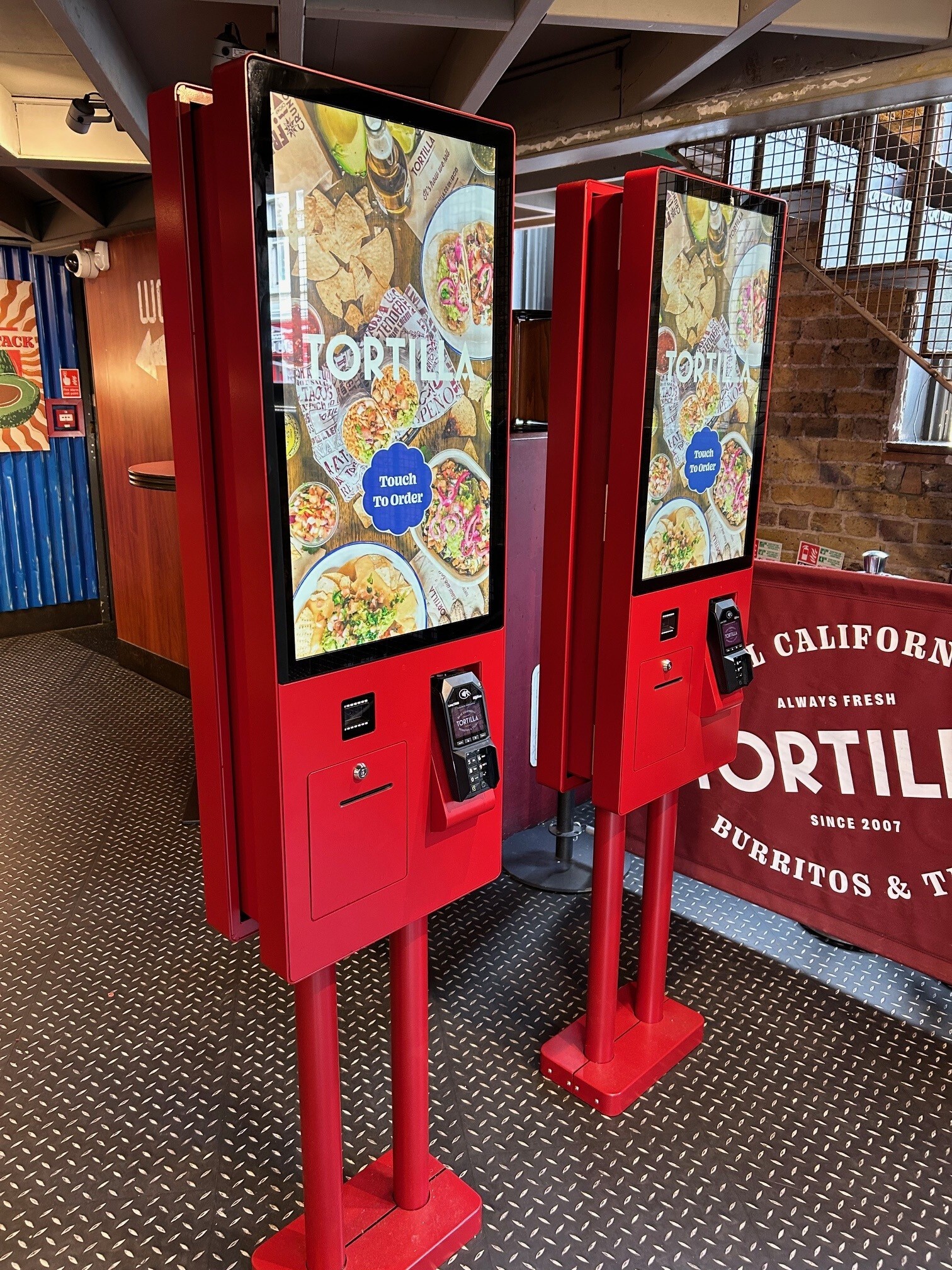
Experience is the new loyalty driver in today’s US restaurant market.